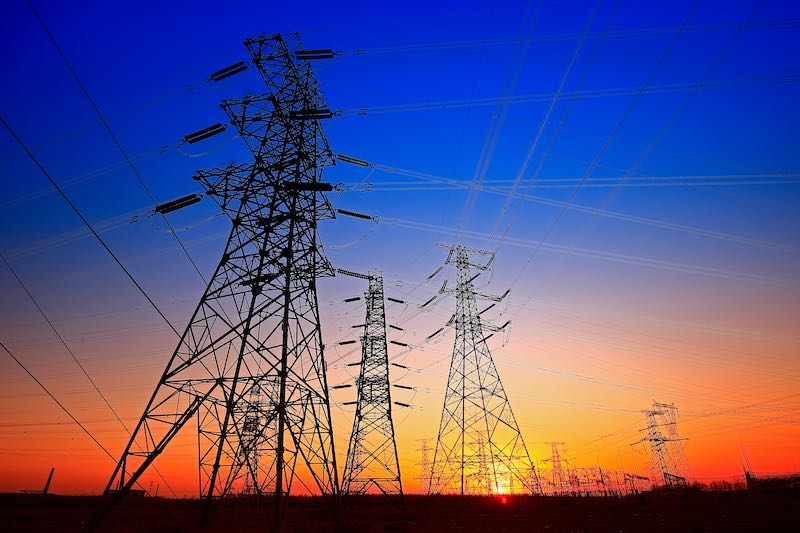Lower Power Demand to Reduce Risk of Winter Blackouts

A fresh round of coronavirus closures will reduce electricity demand and the likelihood of winter blackouts, the operator of the UK’s power system said.
Last week National Grid cautioned that the UK would face some of it tightest electricity supply margins in five years over this past weekend, following a lull in wind power and a series of unplanned outages at coal- and gas-fired power stations.
The alert followed an even tighter squeeze in September when National Grid issued an official warning to the electricity market that its 500MW buffer of power reserves had been breached.
Both incidents passed without blackouts after extra generation was laid on. Now the electricity systems operator (ESO) is saying there will be “no threat” to the energy system during the colder months, partly due to a 6% tumble in electricity demand compared to last winter.
Roisin Quinn, ESO’s head of national control, said: “We want to provide assurance to industry and the public that we will be able to manage electricity supply and demand this winter.”
With much of the UK back under tightened coronavirus restrictions, with pubs and restaurants shuttered and employees working from home, electricity demand this winter is slated to be 2.4GW lower than during the winter of 2019-20.
A similar slump in demand posed challenges for the ESO during the spring and summer, as abundant renewable power threatened to overwhelm the grid and cause power outages. The ESO ultimately paid out nearly a £1 billion to generators to disconnect to keep supply in check.
But over the winter lower demand will help National Grid keep the lights on. The ESO expects to have a 4.8GW “cushion” of extra electricity, 8.3% of total supply, to protect the systems from blackouts. However, this is smaller than the 7.8GW cushion forecast for last winter.
Without the tumble in demand, supply margins would have shrunk further, to 5.9%, narrowly above the 5.1% recorded in the winter of 2015-16, when National Grid was forced to ask businesses to reduce their electricity consumption to keel the system running following a series of breakdowns at coal plants.
The ESO also said it was prepared to handle the end of the Brexit transition period on 1 January 2021 and the outcome of ongoing negotiations between Whitehall and Brussels after “extensively” modelling different scenarios.
EU member states trade electricity through an internal market that makes transactions faster and more efficient. If the UK leaves the bloc without a trade agreement, as the Prime Minister has threatened, it would buy and sell electricity using less efficient backup arrangements.
“Whatever the outcome of negotiations, we expect to be able to reliably manage electricity flow to and from the continent without interruption,” Quinn said.
Regardless of Brexit, electricity will continue to flow between the UK and the continent. Just last week National Grid launched a new subsea interconnector to France that is capable of meeting 1.2% of the UK’s electricity demand. The UK is already importing enough electricity for power five million homes and by 2025 aims to meet 20% of its power demand through clean energy imports.
Read on our blog

With the government poised to implement tough new measures to...

Budget broadband provider TalkTalk has been notifying customers via email...

A year-long investigation by charity Citizens Advice has revealed a...

Education Secretary Nadhim Zahawi has announced a new commitment to...
